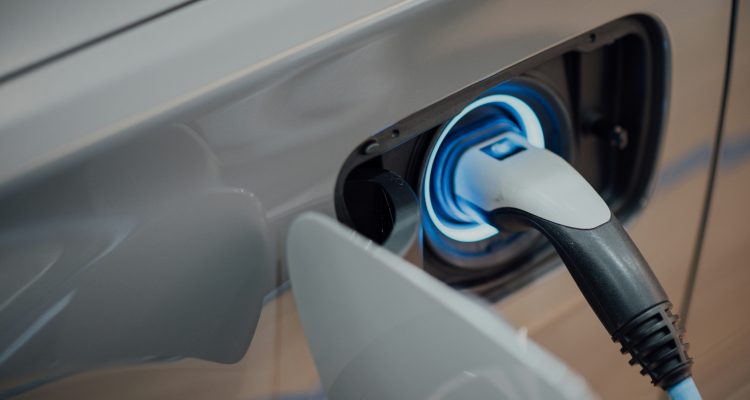SABIC’s BLUEHERO initiative was designed to accelerate the worldwide transition to electric power and support global goals on climate change. As a starting point, BLUEHERO is focused on creating safer and more efficient electric vehicles (EVs), emphasizing flame-retardant structural battery components.
Recent tests supporting the BLUEHERO initiative show that a battery module box made of SABIC’s STAMAX™ 30YH570 long glass fiber polypropylene (PP) resin is effective in providing thermal insulation and flame resistance, a crucial factor in reducing catastrophic fire incidents in EVs. The advanced flame-retardant material transitions from solid to liquid to gas, absorbing heat through latent heat and intumescent properties during severe thermal events.
The thermal runaway propagation tests were conducted on lithium-ion battery cells enclosed in a steel chamber, both with and without the use of injection-molded STAMAX 30YH570 resin blocks as a thermal barrier and heated through an electrical tape to begin thermal runaway. In tests using the thermal barrier, heat transfer and thermal propagation from the thermal abuse of cells were suppressed and the remaining cells were safe and intact. Without the thermal barrier, the energy stored in the cells discharged as high-temperature gas, open flame, and high-speed particles in an increase of pressure, creating fire hazards and damage to the EV battery pack.
“We are pleased to share this additional validation of our thermoplastic solutions’ strong potential for use in EV battery components and systems,” said Fahad Al-Harthi, global director, automotive of SABIC Polymers. “Our portfolio of flame-retardant materials, combined with our expertise in application design and fire-polymer interaction, can help enable new thermal runaway barrier approaches. We look forward to continued collaboration across the automotive value chain to help improve the safety, efficiency and performance of EV battery systems.”


